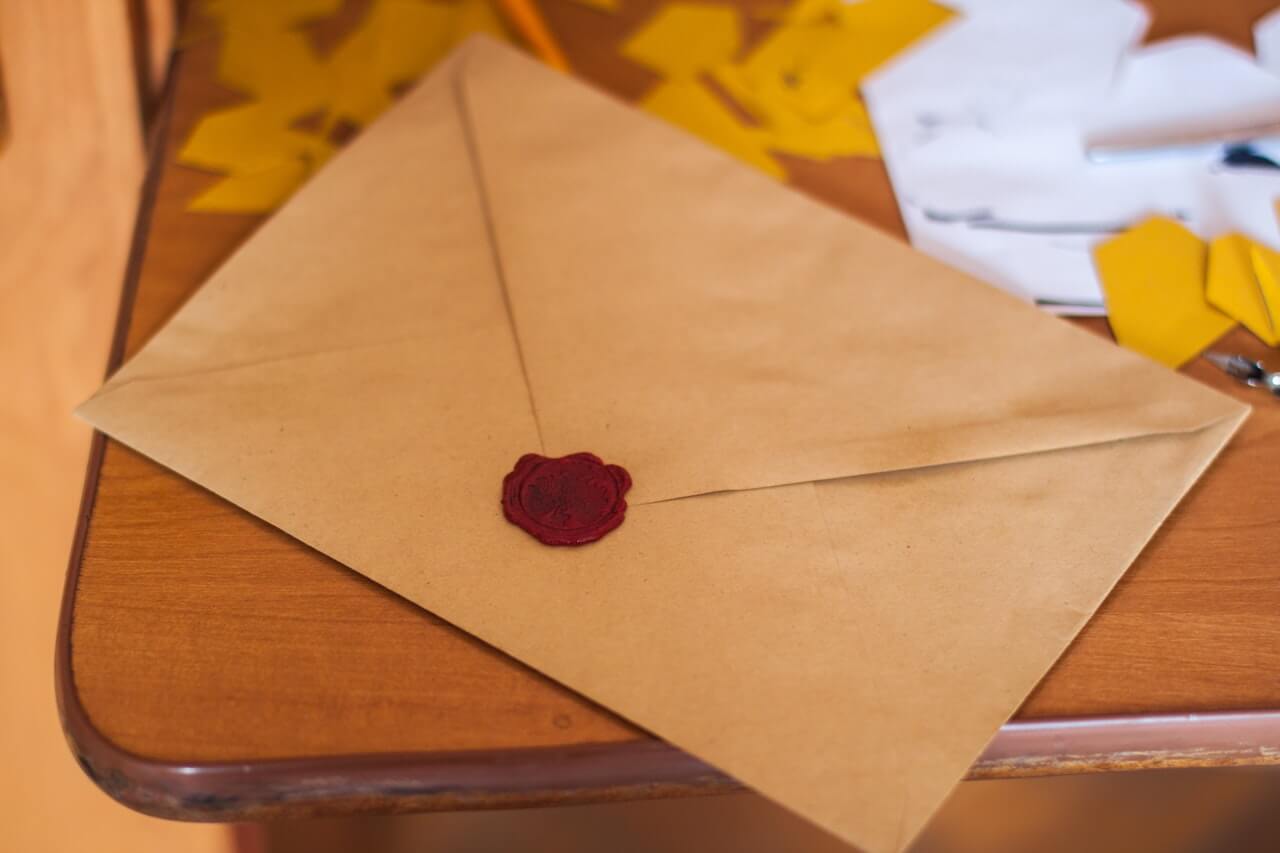1. Keeping Your Bucket Full … With Direct Mail
by Jonathan Howard
Think of your current donor file as a leaky bucket you want to fill. This poses two separate challenges. You need to reduce leaks and add new water at the same time. If you stop doing either task, your water level will sink instantly.
In fact, the data show that the donor bucket at most nonprofits is shot full of gaping holes. The national average rate of donor retention (that is the number of donors who gave in two consecutive 12-month periods) is a horrendous 35 percent.
Even if your retention rate is far, far better, you must add more donors than you lose each year to keep growing. Finding and adding new donors is called donor acquisition.
And to win a first gift you must guide a total stranger through a process most people don’t like – behavior change.
And change is hard.
Scientists tell us that people change customary behaviors, from quitting bad habits to buying new products, in stages. First, we decide whether we even want to think about this new option. Then we weigh the pros and cons. If we still want to give it a try, we need to learn how to do it and collect whatever we’ll need (where did I leave my checkbook?). Only after all this preparation can we finally act.
Every new donor must go through each of these stages from the beginning. Most of your prospects won’t make it all the way to action. Every one who does is your victory.
Direct mail gives us a very durable and expansive platform for walking donors through the stages of behavior change. Mail is tangible, demanding physical interaction. Mail sticks around – the recipient can put it aside and come back when she’s most ready. And a mail package can use all the space it needs to answer every question and objection.
Those are just a few reasons why direct mail has been the workhorse of new donor acquisition for decades. And it still is today, accounting for more than 70 percent of all first-time gifts.
=-=-=-=-=-=-=-=-=-=-=-=-=-=
We’ll take a look at how an acquisition package works on May 7th.
=-=-=-=-=-=-=-=-=-=-=-=-=-=
Jon has more than 25 years in the nonprofit sector,
helping nonprofits develop successful direct response strategies and effective donor communications.
You can contact Jon at Jonathan Howard
=-=-=-=-=-=-=-=-=-=-=-=-=-=
Have you seen
The Fundraising Series of ebooks ??
They’re easy to read, to the point, and inexpensive ($1.99 – $4.99)
=-=-=-=-=-=-=-=-=-=-=-=-=-=
2. Events In Private Homes: Part II – Education, Cultivation & Stewardship
by Hank Lewis
Education is mostly facts and figures, with every effort made to “make it about people, not about the organization.” Ii is an introduction to the organization, its history and its mission. It is a discussion of the organization’s leaders – its board, other volunteers and staff.
A basic education would describe the organization’s programs, and the people that have been and are being served. And, it would discuss the monies that have been raised in the past, what impact those funds have had; and, what funding is currently needed, and for what purposes.
If the above sounds familiar, its pretty much a description of what should be included in an organization’s Case Statement.
Cultivation is about having the homeowner talk about why he supports the organization’s activities and why he is happy with his relationship with the nonprofit and the recognition he has gotten for being a long-time supporter. The ideal outcome of effective cultivation is to get prospective donors to want to experience the same “satisfaction” engendered by the person(s) who is/are doing their cultivating.
An event in someone’s home can be to discuss which (aspects) of the organization’s programs appeal to attendee’s interests. or a meeting of a Giving Club or Giving Circle – to decide on their dollar goals and/or what programs and activities they’re going to support with the funds they raise.
Stewardship is about an organization’s relationship with those folks who are already donors. It can include thanking donors for their support; reporting to them about how their contributions have made a difference; celebrating attainment of a goal – program and/or financial; bringing them up-to-date on how/what the nonprofit is-and-has-been doing; and, getting them involved in the cultivation of others.
Stewardship is the cultivation of current donors … to get them to where they’re ready and want to give again.
=-=-=-=-=-=-=-=-=-=-=-=-=-=
Next Wednesday “Events In Private Homes: Part III – Solicitation”
=-=-=-=-=-=-=-=-=-=-=-=-=-=
Have a comment or a question about starting, evaluating or expanding your fundraising program?
AskHank
=-=-=-=-=-=-=-=-=-=-=-=-=-=
Have you heard about
The Fundraising Series of ebooks.
They’re easy to read, to the point, and inexpensive ($1.99-$4.99)
=-=-=-=-=-=-=-=-=-=-=-=-=-=
If you would like to comment/expand on either of the above pieces, or would just like to offer your thoughts on the subject of either posting, we encourage you to “Leave a Reply” at the bottom of this page.

